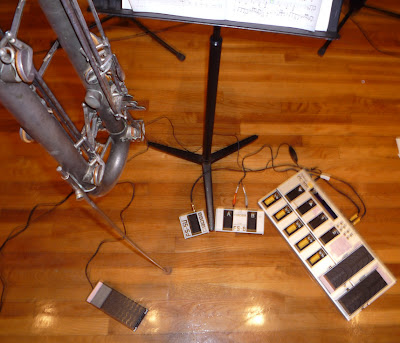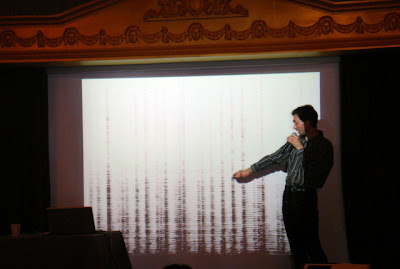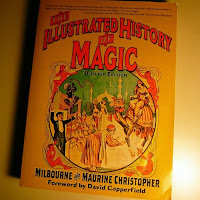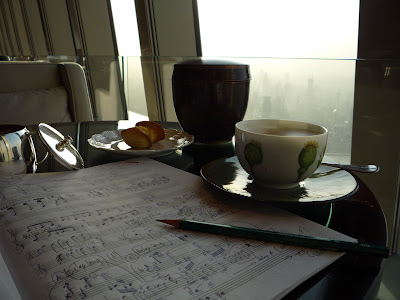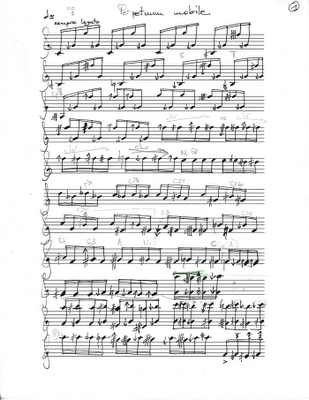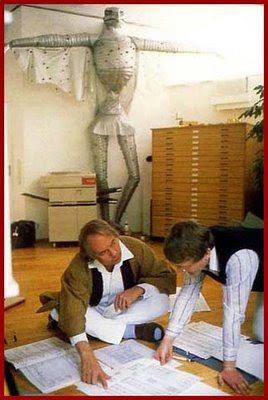18/60 - True Night

The manuscript I scribbled while recording. In the Fall, I was a teaching fellow for Robert Levin . On Friday, September 18th, 2009, he gave a lively lecture during which he shared his passion for Mozart's music. After the lecture, I booked the Huseac's recording studio, and produced this minute of music. As you will hear, it is bathed in a quite Mozartesque spirit. 18th minute of 60/60, True Night was also inspired by the gift I received: Keith Jarrett's Carnegie Hall Concert . Keith Jarrett is certainly the most interesting composer of piano music in the recent decades. The title True Night comes from his True Blues , and from the fact that I made a direct recording of both Bb clarinet and live electronics during the night. Thanks to Bénédicte, the participant to whom this minute of music is dedicated. Download or listen to 18/60 - True Night on last.fm. You can still participate in this composition project: choose a present, I will compose & dedicate a minute




